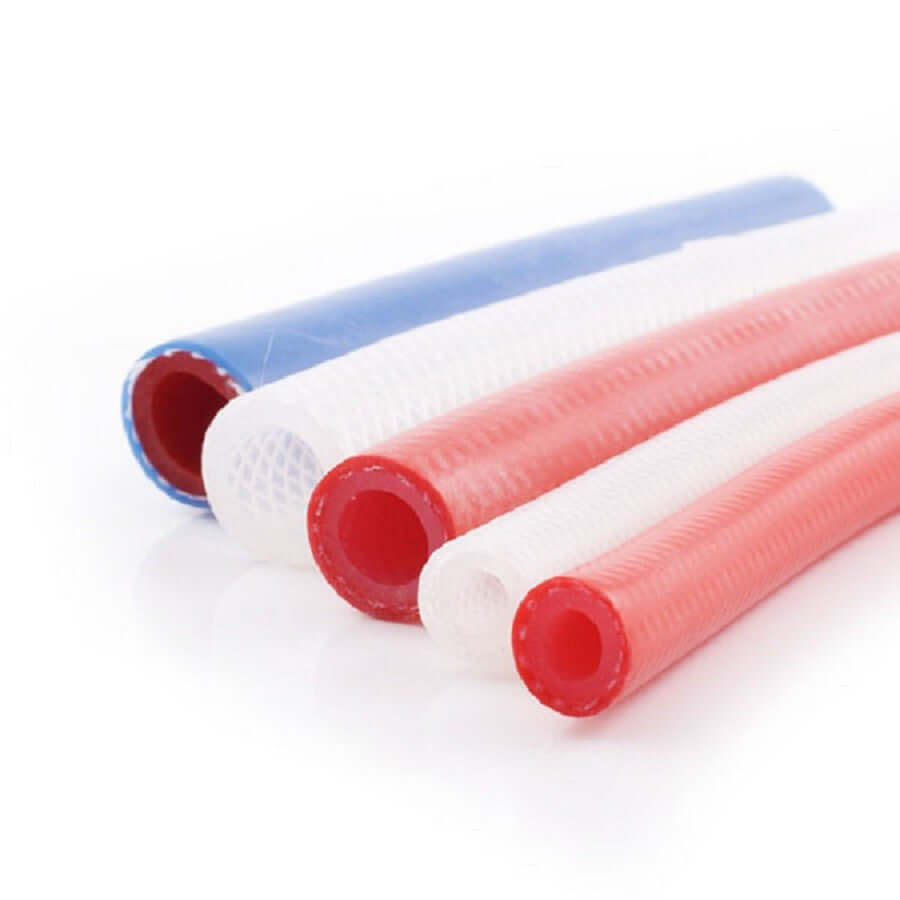
Silicone tubing is used in a variety of different ways by several industrial sectors, from electrical sleeving to radiator hoses. The tubing is manufactured in a number of shapes and sizes for different requirements. Let’s take a look at its common and not-so common uses.
Silicone Tube Sizes
The use of silicone tubing can depend on the size of the tubes.
Small Tubing
Small tubing is used most commonly as electrical sleeving due to its thin walls and flexibility. Medium sized tubing is used to carry liquids and powders. Large silicone tubing is often employed in air ducts and dielectric applications.
Medium Tubing
The medium sized tubes are popular with the pharmaceutical and food industries. Because of this, you’ll find that TYM sell medium tubing in a range of approved silicone materials designed for use in applications that are hygiene critical. These tubes meet the specifications for Ktw, Bfr, USP Class VI, WRAS and FDA, plus several others.
A common ‘all-rounder’ tubing is Platinum Silicone Rubber tubing. The tubing is free of peroxide and ketones, making it ideal for use in the food, medical, dairy and vending industries. This type of ensures taste is preserved and does not taint the produce it is carrying. Cured Silicone tubing is also used as a good general-purpose form of tubing that can be used with food.
Specialist Use
There are several forms of silicone tubing that have been developed for specific purposes.
-
Silicone dairy tubing is transparent and made to suit the dairy industry’s needs.
-
Fuel tubing is a form of silicone tubing that is methanol resistant and used for radio controlled models.
-
Radiator hosing is reinforced with polyester and is used in applications for heaters, radiators and coolers.
-
Reinforced tubing is also available to when stronger tubing is needed.
